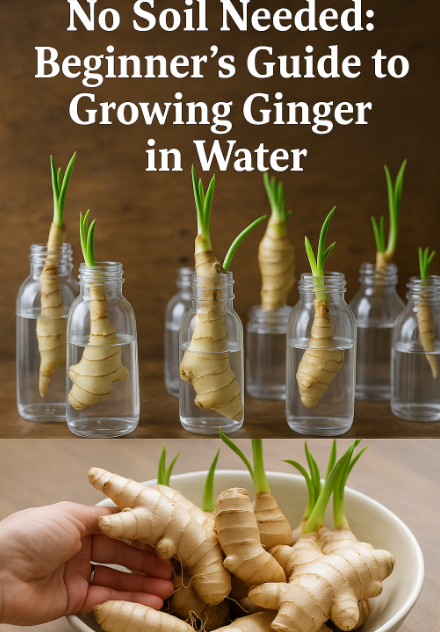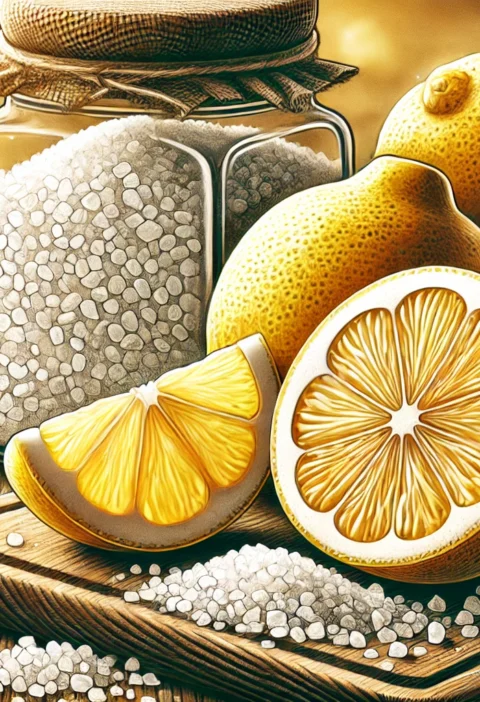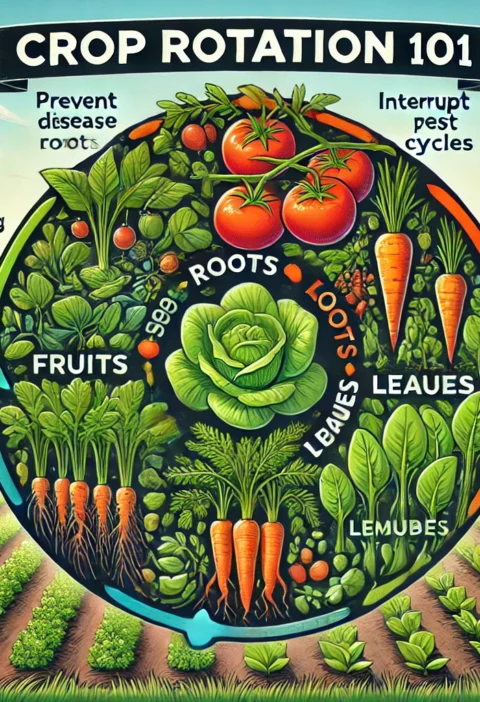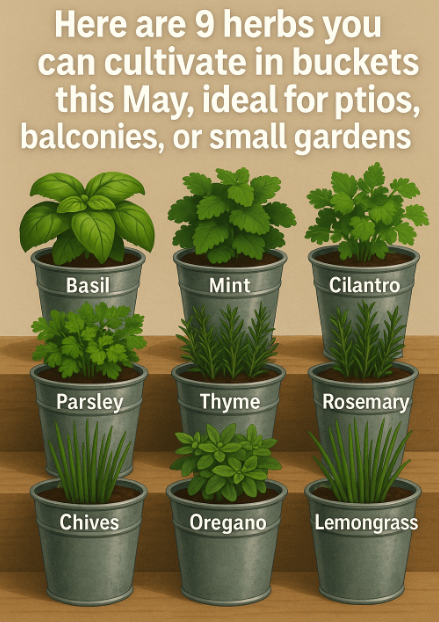4.4 Advanced Troubleshooting Tips
- Nutrient Lockout: If shoots are pale despite nutrient additions, test pH—ideal is 5.8–6.2.
Fix: Add a teaspoon of phosphoric acid or diluted vinegar to lower pH by 0.2–0.4, then retest in 24 hrs. - Excessive Root Entanglement: Roots circling container walls can strangle new growth.
Fix: Every 4–6 weeks, gently tease apart root mass, trim up to 10% of the longest roots, and clean container sides. - Water Temperature Fluctuations: Cold tap water (below 65 °F) slows growth; hot water (above 80 °F) fosters rot.
Fix: Store water at room temperature in a secondary jug; use that for changes. Add a floating thermometer to monitor. - Slow Shoot Emergence: If shoots stall after initial growth, it may be lack of oxygen at root zone.
Fix: Aerate by bubbling air through the water for 1 hour using an aquarium pump and diffuser stone, then resume weekly. - Faint Odors Despite Clean Water: Trace biofilms on shoots can emit slight mustiness.
Fix: Wipe shoots with a soft cloth dipped in 1% hydrogen peroxide solution once weekly, then rinse. - Alkaline Buildup: White crust on container rim signals mineral accumulation.
Fix: Wipe rims with 1:1 vinegar-water solution, then rinse; replace 10% of water midweek to dilute minerals.
7.6 Expanded Ginger Water Recipe Tutorials
7.6.1 Ginger-Kombucha Infusion
- Obtain 2 cups of finished kombucha tea and 1″ fresh ginger slices.
- In a sterilized jar, combine kombucha and ginger; cover with breathable cloth.
- Ferment at 70–75 °F for 3–5 days, tasting daily; remove ginger when desired spice reached.
- Bottle kombucha, leave 1″ headspace, cap, and second ferment for 2 days for carbonation.
- Chill, pour gently to avoid sediment, and garnish with a candied ginger slice.
7.6.2 Ginger-Lime Vinaigrette
- Whisk 1 tbsp grated ginger, juice of 2 limes, 1 tsp Dijon mustard, and 1 tsp honey.
- Slowly drizzle in ⅓ cup extra-virgin olive oil while whisking vigorously.
- Season with salt and cracked black pepper to taste.
- Serve on mixed greens with avocado slices; shake again before each use.
7.6.3 Ginger-Infused Yogurt Dip
- Combine 1 cup plain Greek yogurt, 1 tbsp minced ginger, and 1 tsp minced garlic.
- Fold in 1 tbsp chopped fresh mint and 1 tsp lemon zest.
- Let rest in refrigerator for 1 hour to meld flavors.
- Serve with crudités or grilled meats; sprinkle with paprika for color contrast.
7.6.4 Carrot-Ginger Soup
- Sauté 1 cup chopped onions and 2 tsp minced ginger in 2 tbsp butter until translucent.
- Add 4 cups diced carrots, 4 cups vegetable stock, and simmer until carrots are tender.
- Blend until smooth, return to pot, stir in ½ cup cream, and adjust salt.
- Serve in warmed bowls, drizzle with cream swirl and garnish with thin ginger crisps.
7.6.5 Lemongrass-Ginger Marinade
- Crush 2 stalks lemongrass, 1 tbsp grated ginger, 2 garlic cloves; blend with ¼ cup soy sauce.
- Stir in 2 tbsp honey, 1 tbsp sesame oil, and 1 tsp chili flakes.
- Marinate chicken or tofu for 2–4 hours.
- Grill or bake until cooked; brush with reduced marinade for glaze and serve with cilantro sprigs.
6.11 Deeper Celebrity Gardening Insights
“Nothing is more rewarding than slicing a piece of ginger you grew yourself—it’s like capturing sunlight in your kitchen.” — Ruth Reichl
Ruth’s focus on farm-to-table applies even indoors—homegrown ginger delivers unmatched freshness.
“Ginger in water taught me that plants don’t need soil to thrive—just the right conditions and care.” — James Wong
Ethnobotanist James Wong highlights how simple hydroponics democratizes exotic flavors.
“I’m amazed each time I see a shoot emerge from a bare glass bowl—it’s pure botanical alchemy.” — P. Allen Smith
Garden designer P. Allen Smith emphasizes the magical appeal of transparent growth systems.
“Growing ginger this way lets you control every aspect—water quality, light, temperature—it’s the ultimate chef’s garden.” — Marcus Samuelsson
Chef Marcus Samuelsson values precision growing for consistent, restaurant-quality ingredients.
“For urban dwellers, hydroponic ginger is a revolution—you don’t need a backyard, just ambition.” — Daphne Oz
Daphne Oz champions kitchen gardening accessibility for wellness and flavor.
11. Advanced Hydroponic System Design
Once you’ve mastered basic water propagation, upgrading to a simple ebb-and-flow or Nutrient Film Technique (NFT) system can boost yields and reduce maintenance. These designs remain compact enough for countertop or small-shelf installations.
11.1 Ebb-and-Flow Setup (≈150 words)
- Reservoir & Tray: Place your ginger container on a tray connected via tubing to a lower reservoir tank.
- Flood Cycle: On a timer (set to 4–6 cycles per day), a small pump floods the tray for 5–10 minutes, submerging roots in nutrient solution.
- Drain Phase: Pump turns off, and gravity drains the solution back to the reservoir, providing oxygen to the root zone.
- Advantages: Promotes both hydration and aeration, accelerates nutrient uptake, and prevents stagnation.
11.2 Nutrient Film Technique (≈150 words)
- Channel Design: Position a slight angle channel (PVC or food-safe gutter) above the reservoir.
- Thin Film Flow: A continuous pump circulates solution as a shallow film across the bottom of the channel, where ginger roots can access moisture and oxygen simultaneously.
- Root Access: Roots dangle through net pots into the thin stream—ideal for fast-growing shoots needing constant nutrient contact.
- Advantages: Low water volume, minimal pump runtime, highly oxygenated solution leading to vigorous root systems and faster rhizome expansion.
12. Nutrient Management Deep Dive
Effective hydroponic nutrition balances macro- and micronutrients precisely. Ginger responds particularly to nitrogen (N), potassium (K), calcium (Ca), and trace elements like iron (Fe) and magnesium (Mg).
12.1 Macronutrient Profile
- Nitrogen (N): 150–200 ppm—supports leafy shoot growth and chlorophyll synthesis. Monitor levels weekly with a TDS meter and adjust via calcium nitrate or potassium nitrate.
- Phosphorus (P): 30–50 ppm—roots and early rhizome development; add monopotassium phosphate.
- Potassium (K): 200–300 ppm—critical for rhizome enlargement and stress resistance; supplement with potassium sulfate.
12.2 Secondary & Micronutrients
- Calcium (Ca): 100–150 ppm—cell wall strength; deliver via calcium chloride, avoiding direct high-concentration contact with roots.
- Magnesium (Mg): 50–70 ppm—essential for chlorophyll; maintain through Epsom salt foliar sprays or dissolved in the reservoir.
- Iron (Fe), Manganese (Mn), Zinc (Zn): Trace chelated micronutrients at 2–3 ppm each—prevent yellowing and ensure enzymatic function. Use a balanced hydroponic micronutrient blend.
12.3 Dosing & Monitoring
- Initial Fill: Mix a complete hydroponic solution at ½ strength.
- Weekly Top-Up: Replenish water and nutrients to maintain target ppm ranges; measure EC (electrical conductivity) daily and adjust.
- pH Control: Keep between 5.8–6.2 using food-grade phosphoric acid or potassium hydroxide.
- Tissue Testing: Every 6 weeks, sample young shoots and send for lab analysis to fine-tune your formula.






